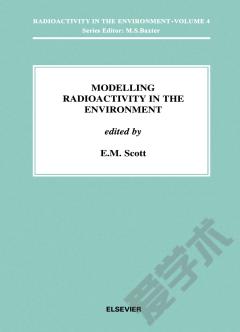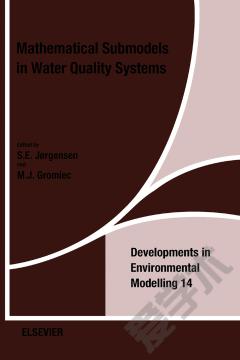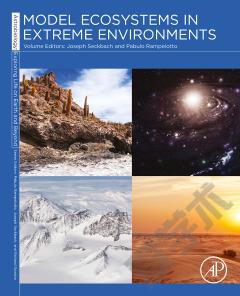Modelling Radioactivity in the Environment
Just as an environmental model typically will be composed of a number of linked sub-models, representing physical, chemical or biological processes understood to varying degrees, this volume includes a series of linked chapters exemplifying the fundamental nature of environmental radioactivity models in all compartments of the environment.Why is a book on modelling environmental radioactivity necessary? There are many reasons why such a boook is necessary, perhaps the most important that:- modelling is an often misunderstood and maligned activity and this book can provide, to a broad audience, a greater understanding of modelling power but also some of the limitations.- modellers and experimentalists often do not understand and mistrust each other's work yet they are mutually dependent, in the sense that good experimental science can direct good modelling work and vice-versa; we hope that this book can dispel mistrust and engender improved understanding.- there is an increasing reliance on model results in environmental management, yet there is also often misuse and misrepresentation of these results. This book can help to bridge the gap between unrealistic expectations of model power and the realisation of what is possible, practicable and feasible in modelling of environmental radioactivity; and finally,- modelling tools, capacity and power have increased many-fold in a relatively short period of time. Much of this is due to the much-heralded computer revolution, but much is also due to better science. It is useful to consider what gap if any still remains between what is possible and what is necessary.
{{comment.content}}








 京公网安备 11010802027623号
京公网安备 11010802027623号